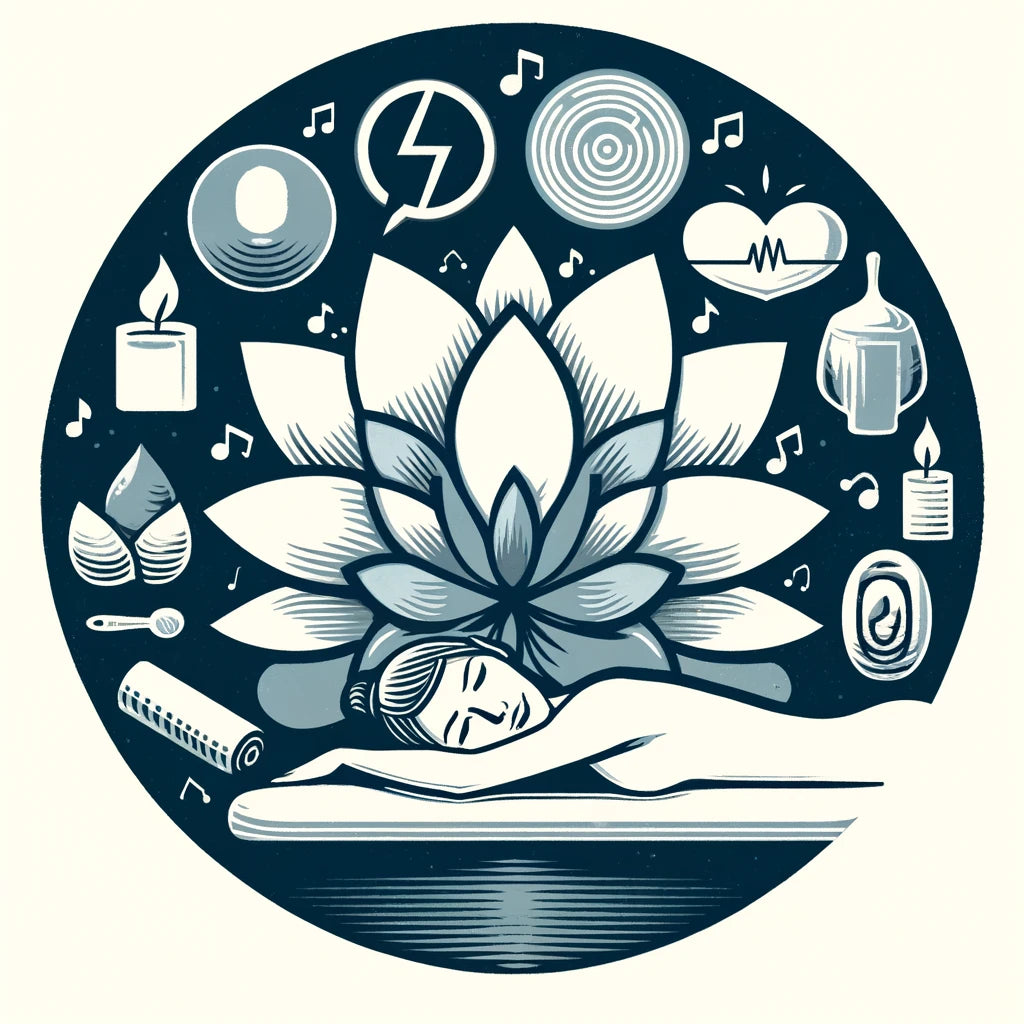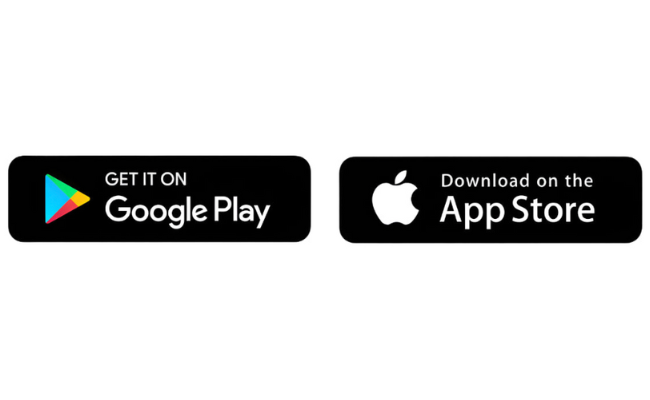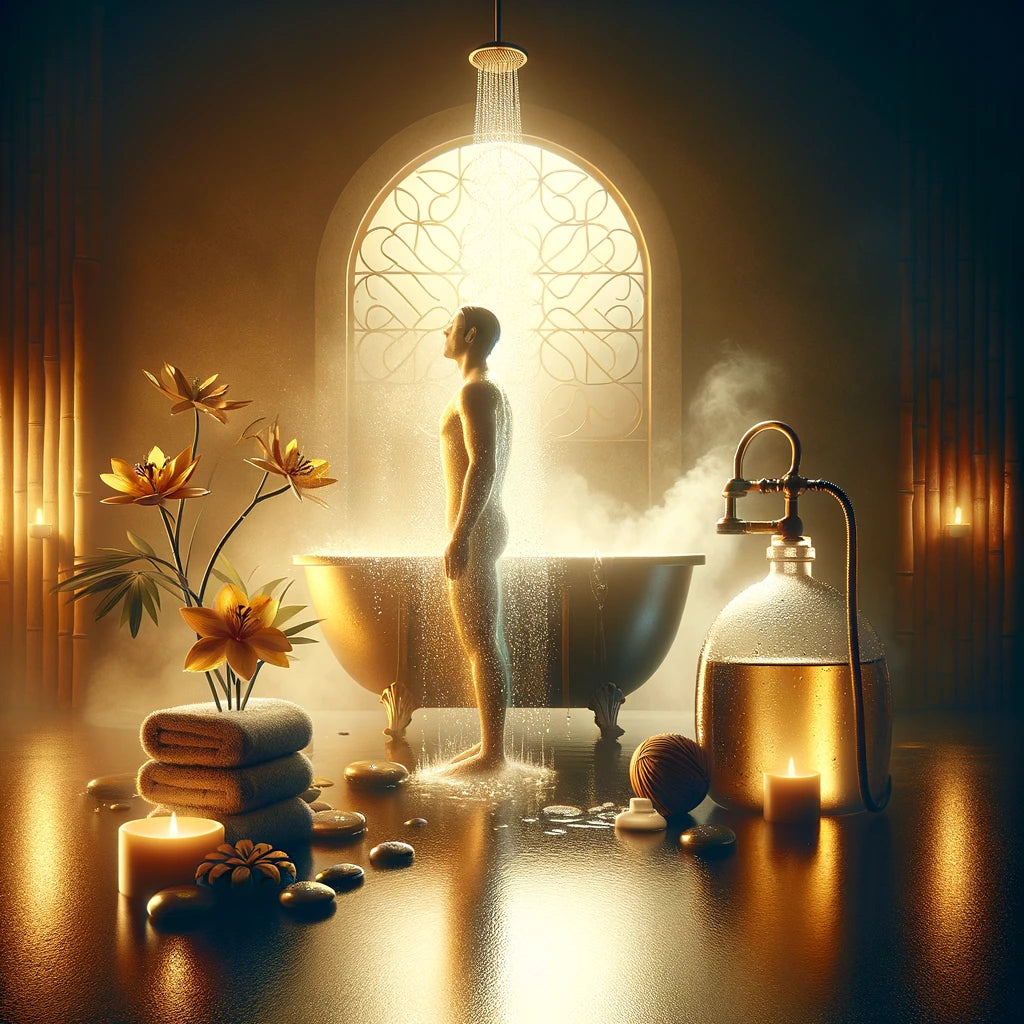
How should I behave during a massage?
A massage can be a true treat for body and soul. But for many people, especially if it's their first massage, the question arises: How should I behave properly? What should I keep in mind to make the experience as pleasant as possible? In this article, we'll answer these questions in detail and give you valuable tips on how to best behave during a massage.
Summary/TLDR
This article explains how to behave properly during a massage. This includes preparing for the massage, proper behavior during the massage, and tips for afterward. It's important to arrive on time, relax, and communicate with the masseur. Aftercare also plays a key role in experiencing the full benefits of the massage.
Preparing for the massage
Punctuality is the be-all and end-all
It's important to arrive on time for your appointment. This gives you enough time to relax and discuss any questions you may have with your massage therapist. Also, plan some time for relaxation afterward so you don't have to immediately return to the stresses of everyday life.
The right clothing
Before your massage, you should wear comfortable clothing that's easy to remove. Most massage practices will provide you with disposable underwear or ask you to keep your own. It's important that you feel comfortable and aren't distracted by uncomfortable clothing.
Share health information
Before your massage, please share all relevant health information with your massage therapist. This includes any allergies, chronic conditions, or current complaints. This will help the massage therapist tailor the treatment to your individual needs.
During the massage
Relaxation and breathing
During the massage, it's important to relax as much as possible. Focus on your breathing and let the masseur's movements guide you. Deep, even breaths help release tension and intensify the massage experience.
Communication is key
Don't be afraid to talk to your masseur during the massage. Give feedback about whether the pressure is too strong or too light, or if certain areas are particularly sensitive. Your masseur wants you to feel comfortable and receive the best possible treatment.
No distractions
During your massage, try not to think about everyday life or any upcoming tasks. Leave your phone turned off and enjoy the peace and quiet. This time is entirely yours and your relaxation.
After the massage
Drink enough water
After the massage, it's important to drink plenty of water. This helps flush out the toxins released during the massage and supports muscle recovery.
Rest and relaxation
After the massage, treat yourself to some rest. Avoid strenuous activity and allow the massage to take effect. A warm shower or relaxing bath can also be beneficial.
Give feedback
Share your feedback with your masseur. What did you particularly like? Was there anything that could be improved? Your feedback is valuable and helps the masseur further refine their techniques.
Frequently Asked Questions
How often should you get a massage?
This depends on your individual needs and lifestyle. For some people, a monthly massage is sufficient, while others prefer weekly sessions.
What should you eat before a massage?
It's advisable to eat only a light meal about two hours before your massage. A full stomach can impede relaxation.
Can you listen to music during the massage?
Many massage practices offer relaxing background music. If you have specific musical preferences, you can discuss this with your massage therapist in advance.
Is it normal to feel tired after a massage?
Yes, it's completely normal to feel tired and relaxed after a massage. Your body is working to process the treatment and regenerate.
Can a massage cause pain?
Some tenderness may occur during or after the massage, especially if deeper tissue has been worked on. However, if the pain is too severe, inform your massage therapist immediately.
Conclusion
A massage is a wonderful way to relax and treat your body. With proper preparation, appropriate behavior during the massage, and appropriate aftercare, you can enjoy the experience to the fullest. Remember to communicate openly and embrace the relaxation—your body will thank you.
1. What different types of massages are there and which one is suitable for me?
Introduction
Massages are a wonderful way to relax the body and mind. But with so many different types of massage available, it can be difficult to find the right one for you. In this article, we'll introduce the most common types of massage and explain which ones are best suited for different needs.
Classic massage
The classic massage, also called Swedish massage, is probably the most well-known form of massage. It involves a combination of kneading, stroking, and rubbing the muscles. This massage is ideal for relieving general tension and promoting circulation. A classic massage can work wonders, especially after a stressful day at work or intensive exercise.
Aromatherapy massage
Aromatherapy massage uses essential oils that promote both physical and mental relaxation. The effects can vary depending on the oil used—lavender oil, for example, has a calming effect, while citrus oils are invigorating. This massage is perfect for people seeking mental relaxation in addition to physical relaxation.
Hot stone massage
Hot stone massage combines massage techniques with the soothing effects of heated basalt stones. The warmth of the stones penetrates deep into the muscles and releases stubborn tension. This form of massage is particularly suitable for people with chronic muscle tension or back pain.
Thai massage
Thai massage is a very active form of massage in which the masseur stretches and extends the patient's body into various positions. This massage can be perceived as quite intense, but is extremely effective in increasing flexibility and releasing energy blockages. It is suitable for people seeking a deeper, energetic treatment.
Sports massage
Sports massage is specifically tailored to the needs of athletes. It can be used both before and after training to prepare muscles for exercise or to promote recovery. This massage is ideal for anyone who regularly participates in sports and wants to improve their performance.
Foot reflexology massage
Foot reflexology is based on the theory that certain points on the foot are connected to various organs and body parts. Massaging these points is said to promote overall body health. This massage is particularly beneficial for people who spend a lot of time standing or walking.
Conclusion
Choosing the right massage depends on your individual needs and preferences. Whether you opt for a traditional massage for general relaxation, a hot stone massage to relieve stubborn tension, or a sports massage to enhance performance – there's a massage type to suit everyone. And don't forget that modern technology like the NAIPO massage chair also offers an excellent way to enjoy various types of massage in the comfort of your own home.
2. What should you avoid before and after a massage to achieve the best possible benefits?
Introduction
A massage can be a true healing tool for body and soul. However, to get the most out of it, there are a few things to keep in mind both before and after the treatment. In this article, we'll give you valuable tips on what to avoid to fully reap the benefits of a massage.
Before the massage
Avoid heavy meals
It's advisable to avoid heavy meals at least two hours before a massage. A full stomach can impair your well-being during the massage and reduce the feeling of relaxation. Light snacks, such as fruit or yogurt, are a good alternative.
Avoid alcohol and caffeine
Alcohol and caffeine should be avoided before a massage, as they can affect circulation and impede relaxation. Water and herbal teas are a better choice for staying hydrated and relaxed.
Reduce stress
Try to relax before your massage. Breathing exercises or a short meditation can help calm your mind and prepare you for the relaxation ahead. The more relaxed you are going into the massage, the more effective it will be.
After the massage
Drink enough water
After the massage, it's important to drink plenty of water. This helps flush out the toxins released by the massage and supports muscle recovery. Make sure you stay especially well hydrated in the hours following the massage.
Avoid physical exertion
Avoid strenuous physical activity after the massage. Give your body time to process the treatment and recover. However, light activity such as walking is safe and can support the effects of the massage.
Avoid direct sunlight and heat
After a massage, skin is often more sensitive. Avoid direct sunlight and intense heat, such as saunas or hot baths, for at least 24 hours. This protects the skin and promotes regeneration.
Rest afterward
After the massage, treat yourself to some time to relax. Whether you lie down on the sofa or take a quick nap is up to you. This time helps your body absorb the massage and completely relax.
Conclusion
To get the most out of a massage, it's important to follow certain guidelines both before and after the treatment. Eating light meals, avoiding alcohol and caffeine, and getting plenty of water and rest after the massage will help you fully relax and maximize the benefits of the massage. Remember, the NAIPO massage chair can also be an excellent addition to your at-home relaxation routine.
3. How do I prepare myself mentally and physically for a massage?
A massage can be a deeply relaxing and revitalizing experience, but to get the most out of it, proper preparation is crucial. This article will explain how to optimally prepare for a massage, both mentally and physically.
Physical preparation
Hydration is key
Drink plenty of water before your massage. Good hydration helps to loosen muscles and facilitates the massage therapist's work. Make sure you drink plenty of fluids in the hours before your massage.
Showers and hygiene
A shower before a massage is not only hygienic but also helps open pores and relax muscles. This helps the massage strokes penetrate deeper. However, avoid heavily perfumed products, which could irritate the skin.
Comfortable clothing
Wear comfortable, loose-fitting clothing that's easy to take off. This will make it easier to change into your massage attire and help you relax more quickly. Remember to remove any jewelry that might be distracting.
Mental preparation
Reduce stress
Take time to relax before your massage. Breathing exercises, meditation, or simply sitting quietly for a few minutes can help clear your mind and prepare you for the relaxation that lies ahead. The more relaxed you are, the more effective the massage will be.
Communicate expectations
Think about what you expect from your massage in advance. Do you have specific problem areas or pain? Do you simply want to relax? Communicate these expectations clearly with your massage therapist to ensure you receive the best possible treatment.
Openness to experience
Approach the massage with an open mind. Sometimes unexpected techniques or touches can be surprisingly beneficial. Trust your massage therapist's expertise and immerse yourself in the experience.
After the massage
Rest and relaxation
After the massage, plan enough time to enjoy the after-effects of the treatment. A relaxing evening without major commitments will help prolong the positive effects of the massage. Use this time to further relax with a book or a NAIPO massage chair .
Conclusion
Good preparation is key to a successful massage. Physical and mental preparation ensures you get the most out of your treatment. Remember to drink plenty of fluids, relax, and be open to the experience. This will ensure your massage is a thoroughly beneficial experience.







Leave a comment
This site is protected by hCaptcha and the hCaptcha Privacy Policy and Terms of Service apply.